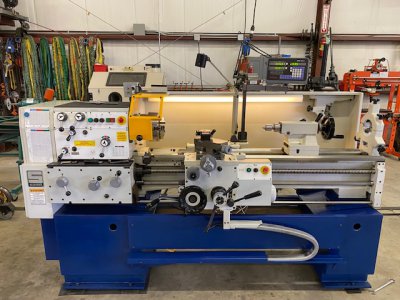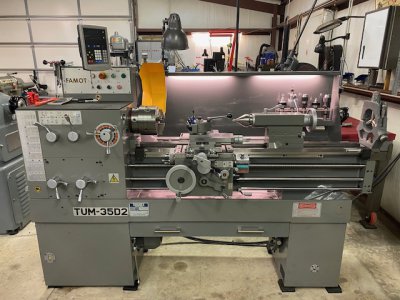- Joined
- Jun 12, 2014
- Messages
- 4,822
PM/QMT has a couple of 1440 lathes that are under 10K shipped with 2" spindle bores. The PM-1440-2SM / 2SM-V Lathe has been updated, and offers a lot at the price point. If looking in the used market then you would need to look at a D1-6 chuck mount or similar lathe so usually 1640 or 1740 so a much bigger and heavier lathe. I would not buy a used machine site unseen, unless it was a newer model or is a single owner hobbyist level. Used newish/lightly used 1640 lathe would be a rare find, you also need to consider that when you step up to say a 1640 or larger lathe all the chucks and tooling get more expensive. Moving a heavier lathe also is more challenging.
 www.precisionmatthews.com
www.precisionmatthews.com
 www.precisionmatthews.com
www.precisionmatthews.com



